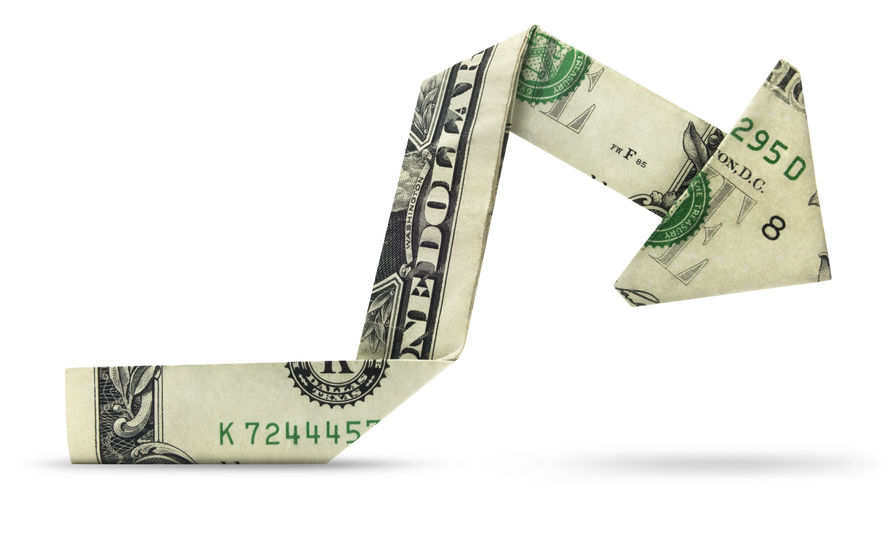Recessions, Inflation & Rate Hikes

GBP
Strong employment data saw Sterling take a jump at the back end of last week, bolstered by record wage growth and elevated rate hike bets. We’ve now seen 13 consecutive hikes, with rates being the highest since April 2008. Another hike seems more than likely on the BoE’s next decision on August 3rd.
BoE have also revealed that UK Banks have undergone a ‘stress test’ to determine how resilient they are should a recession be on the horizon and the results show that the largest banks are strong enough to withstand a £126bn financial hit. This along with GDP data for June has also helped to further strengthen Sterling. The expected rate of decline was expected to be around -0.3% and the actual data reported was only -0.1%.
Despite elevated rate hikes, Sterling speculators and investors continue to watch the UK over fears of a recession, cost of living crisis and further economic downturn, keeping them on their toes.
This week on the data front, UK CPI is expected to fall to 8.2%, down 0.5% from the increase recorded in April and May, but still remaining way higher than the BoE’s target of 2%.
This coupled with the release of UK retail sales on Friday, which is an expected decrease of 0.2%, could further dampen Sterling this week.
EUR
GBP/EUR made some impressive gains last week reaching 11 month highs at 1.1727. However, the latest industrial production data dealt a blow to any hopes of further gains, revealing growth in the sector that fell short of expectations. To add to the Euro’s strength, hawkish minutes from the recent ECB’s policy meeting gave Euro investors an additional boost, as it fuelled anticipation of future tightening measures. This has led to GBP/EUR retracing to the the 1.1650 level which we are experiencing currently.
Eyes are on Eurozone inflation data this week. Any change from the expected inflation figures will see investors betting on rate hikes, which in turn is going to lead to volatility. Higher than expected and we can assume further interest rate hikes will be the solution, strengthening the Euro. Lower than expected and the ECB may choose not to hike rates which could see GBP/EUR continue its bullish run, however the latter seems less likely.
USD
The Dollar was under heavy pressure at the back end of last week due to the Bureau of Labour Statistics reporting that PPI figures (Producer Price Index) rose only 0.1% on a yearly basis in June. This coupled with the US Dollar Index falling over 2% last week, confirms the overall weak sentiment of the US and the Dollar.
Heavy pressure on the Dollar meant that GBP/USD continued its bullish momentum gaining nearly +1.50% Thursday, making that the sixth consecutive day in the green. The currency pair peaked at 1.3142 on Friday, its highest level since April 2022, before retreating to 1.31. In the near short term, analysts are predicting a sharp correction and so we could see these gains reversed as the week continues.
On a positive note for the US, inflation figures are at a two-year low of around 3%, vs the UK at 8.2% and the eurozone at 5.5%. The US was one of the first central banks to start rapidly increasing interest rates. The monetary policy appears to be working, suggesting that the US will soon end its rate hiking cycle.
If you have an upcoming currency requirement and would like to hear more about what is affecting the markets in the coming weeks, please contact us on 020 3876 5432.